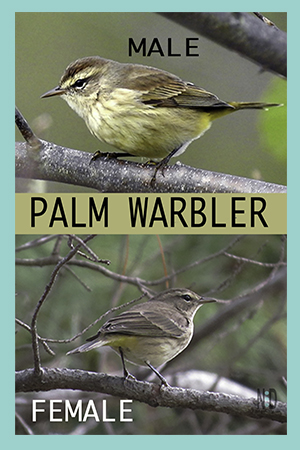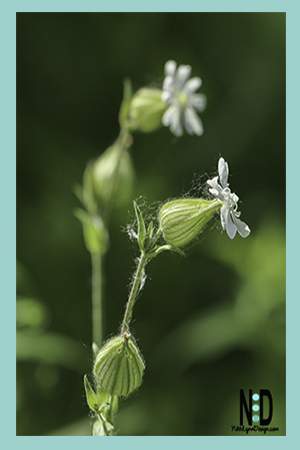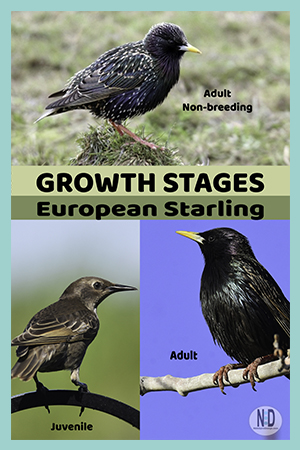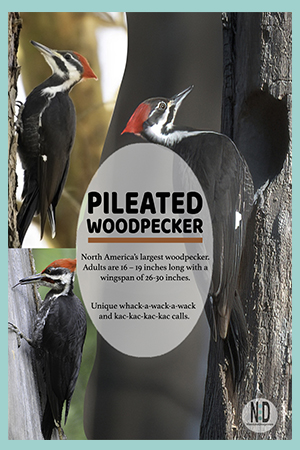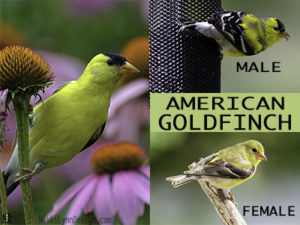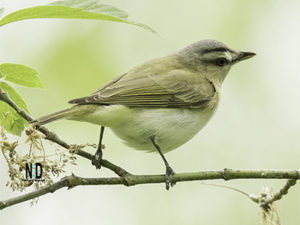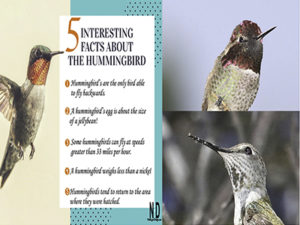Baltimore Oriole
The Baltimore oriole received its name from the resemblance of the male’s colors to those on the coat-of-arms of Lord Baltimore.

Male
The adult male is orange on the underparts shoulder patch and rump, with some birds appearing a very deep flaming orange and others appearing yellowish-orange. All of the rest of the male’s plumage is black.
Female
The adult female is yellow-brown on the upper parts with darker wings, and dull orange-yellow on the breast and belly.
Juvenile
Juveniles look similar to the female, with males taking until the fall of their second year to reach adult plumage.
General Information
| Name:: | Baltimore Oriole |
| Scientific Name:: | Icterus galbula |
| Family: | New World Blackbird |
| Size: | 7-9 inches |
| Habitat: | Woodlands, Forest edges & Residental Areas |
| Diet: | Insects, fruits, nectar, and berries |
Diet
Orioles mainly eat insects making short flights to catch insects in the air. Their favorite prey is the tent caterpillar moth, which they typically eat in their larval stage. If you have ever had the pleasure of seeing them eat tent caterpillars, it is comical. They beat the larvae against a tree branch removing the skin and hair of the caterpillars. I feel no remorse for giggling at the behavior. Tent caterpillars are nasty!
The birds prefer only ripe, dark-colored fruit. Orioles seek out the darkest mulberries, the reddest cherries, and the deepest-purple grapes, and will ignore green grapes and yellow cherries even if they are ripe. Baltimore Orioles sometimes use their bills in an unusual way, called “gaping”: they stab the closed bill into soft fruits, then open their mouths to cut a juicy swath from which they drink with their tongues.
At The Feeder
Sugar Nectar Feeder
Like hummingbirds, orioles have a love for sugar water.
But, unlike hummingbirds – orioles do not like their water as sweet. Use 1/3 cup sugar to 3 cups water.
Be sure to clean your feeders regularly throughout the season. You can use this method. It is good for both hummingbird and oriole feeders.
Handy tip, dishwashers are not friendly to plastic feeders.
Halved Oranges
Oranges are a favorite treat for many birds, the oriole is no exception.
This is my favorite feeder for adding both jelly and oranges as a source of food for your backyard birds.
You can purchase Anchor Hocking 6-ounce custard cups to have handy as replacement cups. Run them through the dishwasher, fill and replace them as needed.
Add an orange half on one post, dark-colored grapes secured to the other, grape jelly in one cup, and mealworms in another.
Additional Post: Birds that eat oranges
Grape Jelly
Provide shallow dishes with store-bought dark-colored grape jelly. During spring and fall, the sugary jelly is readily converted into fat, which supplies energy for migration.
If you have a large population of orioles this feeder is the bomb. You can use the supplied plastic jar, but it’s much easier to just stir up the jelly in a standard store-bought jar and screw it right to the platform. Oh, and be sure to remove the store-bought jar label before screwing in.
Nesting Info
| Habitat: | woodlands, forests and surburbs |
| Nest Shape | Tightly woven pouch |
| Eggs: | 3-7 pale gray or white with a slight blue tint |
| Incubation: | 12-14 days |
| Fledging: | 19-20 days |
General Nesting Information
The Baltimore Orioles nest is built by the female. It is a tightly woven pouch located on the end of a branch The female lays three to seven pale gray or white with a slight blue tint. The incubation period is 12 to 14 days.
Both parents find food for about 14 days for their young. They feed the young by regurgitating what they have consumed.
Additional Posts

